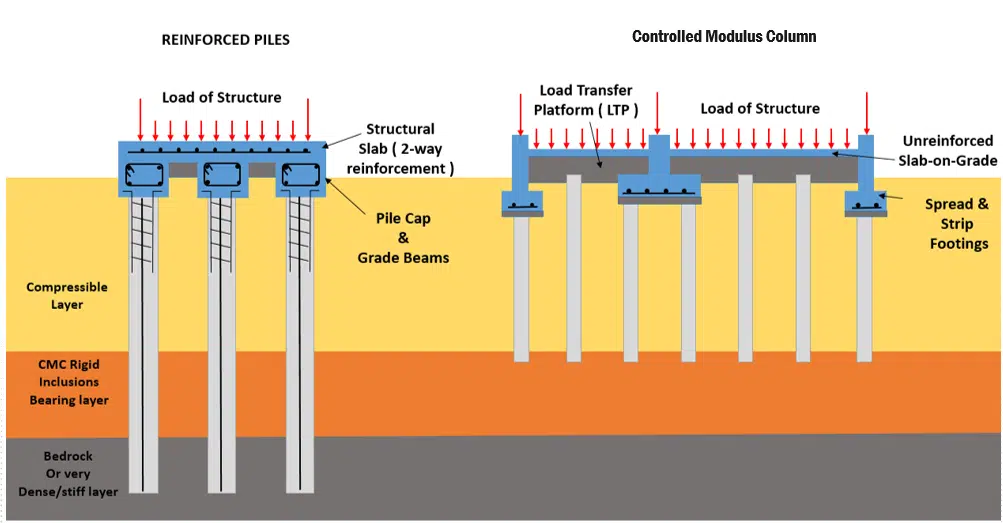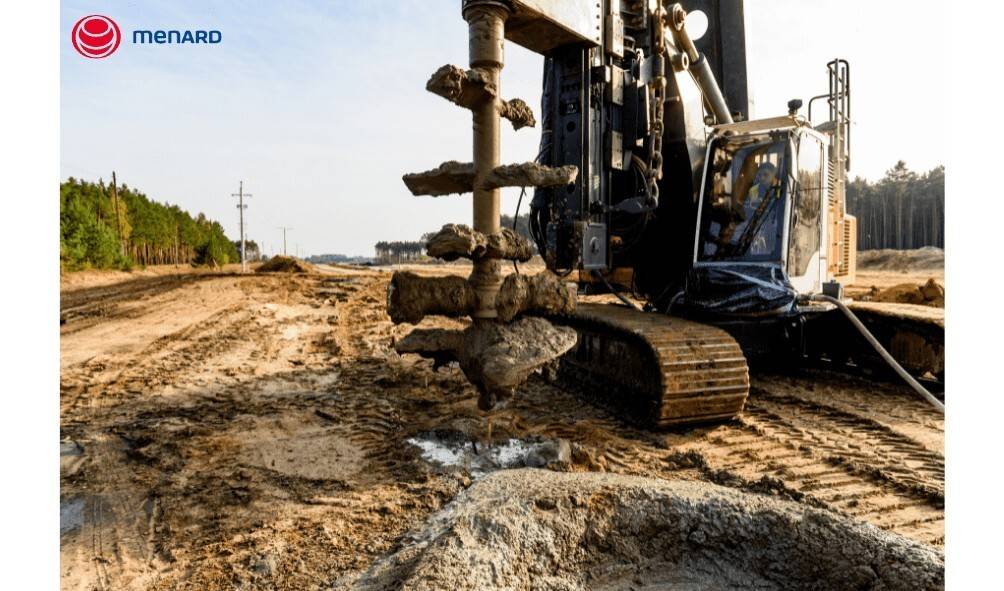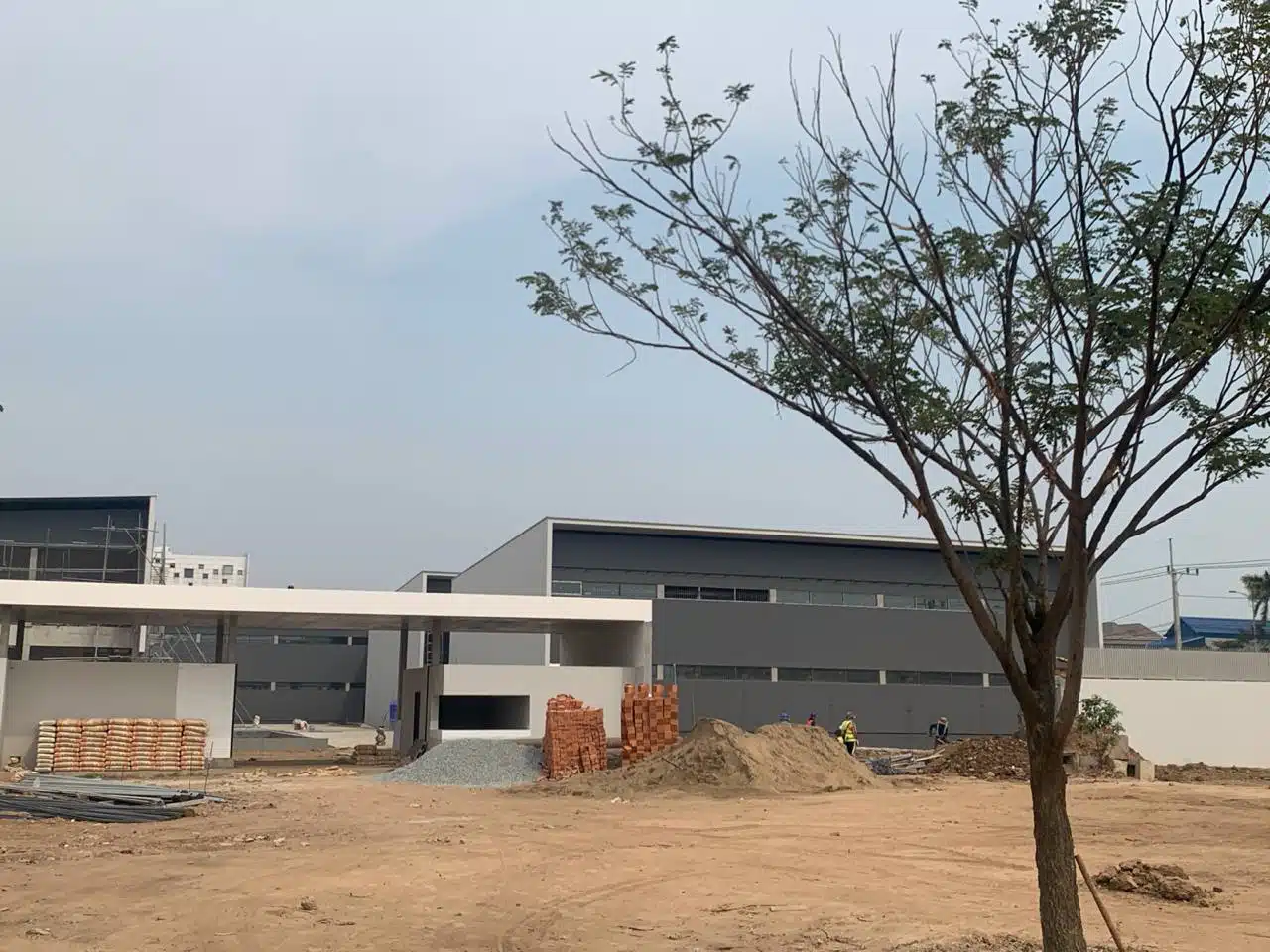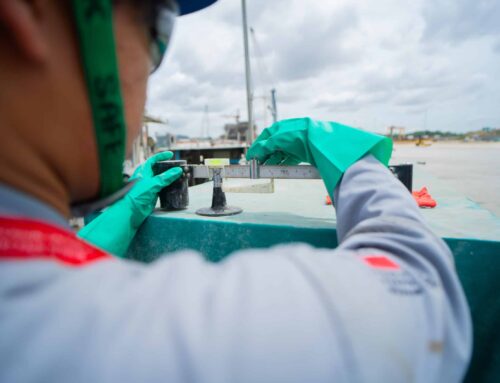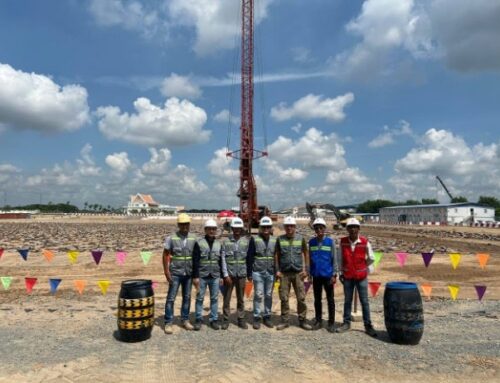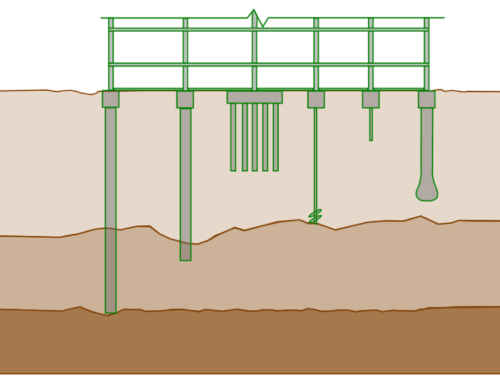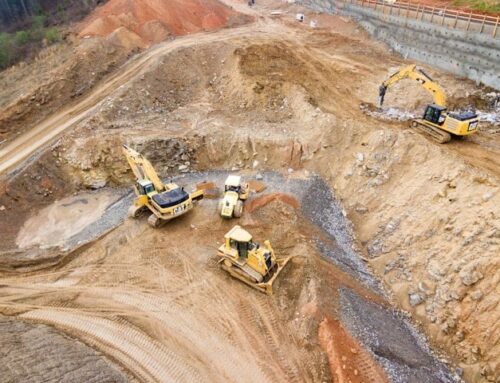Ground Improvement for Data Centers: Faster Foundation Solution
Data centers house massive servers and equipment, requiring foundations that can support extreme loads. Typically, warehouse and data center foundations must withstand column loads exceeding 4000 kN and slab loads of 50 kPa or more. Weak soil can cause uneven settlement, cracks, and long-term structural damage. Ground improvement strengthens the soil to prevent these issues.
Menard Asia provides specialized ground improvement solutions for any construction projects, including data centers. With proven techniques, the company helps developers save time and build on stable and secure foundations.
This article explains why stable ground is important for data centers. It covers different methods for soil improvement and how to choose the right solution.
Key Ground Improvement Techniques for Data Centers
Ground improvement solutions strengthen weak soil, increase strength and durability, preventing settlement and structural issues to ensure a stable foundation for data centers. The best method depends on soil conditions, load requirements, and project constraints.
1. Controlled Modulus Columns (CMC)
Controlled Modulus Column (CMC) is ideal for soft clay, silt, or organic soils with moderate to high compressibility. This technique involves installing rigid inclusions that improve the soil’s load-bearing capacity by transferring structural loads to deeper, more stable layers.
What makes CMC especially attractive for data centers is its speed and efficiency. In one of our projects, Menard completed the entire foundation package using just one machine and one team in 3 weeks. This process would have taken 6 weeks and two separate systems using traditional bored piles and sheet piles.
Beyond speed, CMC also requires fewer materials, creates minimal spoil, and produces less noise and vibration, making it ideal for urban environments or sites with tight constraints. This translates into faster project timelines, lower costs, and smoother construction logistics.. exactly what high-performance data center projects need.
2. Deep Soil Mixing (DSM)
Deep Soil Mixing is commonly used in areas with high moisture content soils, weak clay layers, or organic soils. The process involves blending cement, lime, or other binding agents with in situ soil to increase shear strength, stiffness, and overall bearing capacity.
It is particularly beneficial for coastal areas or reclaimed land, where water-saturated soft soils pose a challenge for heavy structures like data centers. By reducing settlement risks and creating a reinforced soil mass, DSM ensures long-term foundation stability.
Foundation Reinforcement Technique
For sites with extremely weak or deep layers of soft soil, additional foundation support might be necessary.
Combination of ground improvement and Piling Solutions
In challenging ground conditions, Controlled Modulus Columns (CMC) can be combined with traditional deep foundation elements such as micropiles, driven piles, or bored piles. This hybrid approach optimizes soil reinforcement by distributing loads more efficiently and reducing overall settlement.
CMC acts as an intermediate load transfer system, reinforcing the upper soil layers and reducing stress on the deeper foundation elements. This approach is particularly beneficial for data centers, industrial warehouses, and high-rise structures, where maintaining foundation performance under heavy loads is crucial.
- Micro piles are used in restricted-access sites or areas with limited space where traditional piling is not feasible.
- Driven piles are suitable for high-load applications where deep soil layers provide excellent end-bearing resistance.
- Bored piles provide deep foundation support, ensuring stability in soft clay or loose sand deposits.
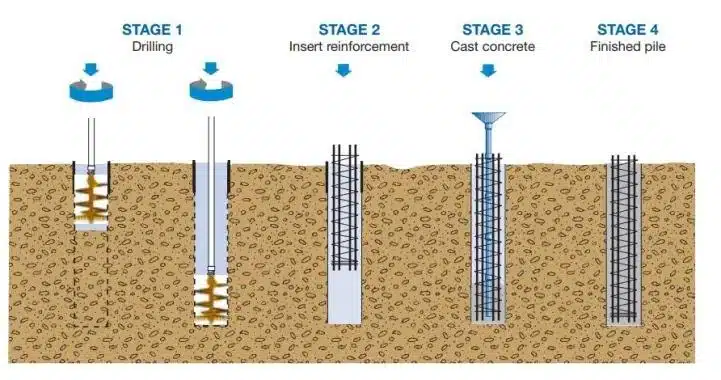
Image of bored concrete piles foundation (Source)
Benefits of Ground Improvement for Data Centers
Ensuring a stable foundation is critical for data centers, which must support extreme structural loads while maintaining long-term performance. Ground improvement techniques provide a cost-effective and reliable alternative to deep foundations, offering several key advantages
1. Faster Construction & Reduced Downtime
Unlike deep foundations, which require extensive excavation and pile installation, ground improvement can be completed faster with minimal disruption. This is crucial for data center projects on tight schedules, enabling quicker site preparation and construction.
2. Enhanced Load-Bearing Capacity
Data centers require foundations that can support column loads exceeding 4000 kN and slab loads over 50 kPa. Ground improvement strengthens weak soils, distributing loads more efficiently and reducing the risk of settlement.
3. Mitigation of Differential Settlement
Uneven soil settlement can cause floor misalignment, equipment instability, and structural damage. Ground improvement creates a uniform foundation, preventing costly repairs and operational disruptions.
4. Cost-Effective Alternative to Deep Foundations
Traditional deep foundation methods, such as bored piles or driven piles, can be expensive and time-consuming. Ground improvement techniques like Controlled Modulus Columns (CMC) and Deep Soil Mixing (DSM) provide comparable stability at a lower cost and shorter construction timeline.
5. Improved Soil Stability in Challenging Conditions
Many data centers are built in areas with soft clay, high water tables, or reclaimed land, where soil instability is a major concern. Ground improvement techniques reinforce weak soils, allowing data centers to be built on previously unsuitable sites.
6. Sustainable & Environmentally Friendly Solution
Ground improvement techniques often require less excavation and fewer imported materials than traditional piling systems. This reduces environmental impact, making it a more sustainable foundation solution for large-scale infrastructure projects like data centers.
By implementing the right ground improvement strategy, developers can ensure long-term structural integrity, cost savings, and optimized construction timelines, making data centers more resilient and efficient in the long run.
Why Should Ground Improvement Be Considered?
Every data center project is different. Menard Asia evaluates site conditions before selecting the most effective ground improvement technique. The goal is to ensure a stable foundation while optimizing costs and reducing construction time.
To see the impact of ground improvement in action, take a look at one of our data center projects in Phnom Penh, Cambodia. Originally designed with driven piles, the project faced challenges related to cost, soil complexity, and timeline. Menard proposed Controlled Modulus Columns (CMC) as an alternative.
Project Overview
The project involved the construction of seven office buildings within a data center complex. The original design using driven pile foundation posed challenges in terms of cost, schedule, and soil conditions. Menard Asia proposed Controlled Modulus Column (CMC) which allows for a stable foundation without deep excavation or extensive piling work.
Ground Conditions and Challenges
The site had complex soil layers, including clay, silt, silty sand, and sand mixtures. 600 CMC piles were used in the design distributed across the building footprints. These columns were engineered to support a service load of around 30 tons per column.
Controlled Modulus Columns (CMC) – Ground Improvement Solution
Menard Asia’s engineering team designed and installed Controlled Modulus Columns (CMC) to reinforce the soil beneath the shallow footings. This technique provided several key benefits:
- Significant time savings, with foundation work completed in just one week instead of a month (using conventional piling methods).
- Increased load-bearing capacity without the need for deep foundations.
- Minimized settlement risk, ensuring a strong base for the data center
- Reduced costs by eliminating the need for conventional driven piles.
By implementing CMC, Menard Asia optimized both the foundation design and project schedule, allowing the client to move forward with construction faster and more efficiently.
Considering alternative foundation systems for your next project(s)?
A stable foundation is essential for data centers, especially as weak soil can cause settlement, structural damage, and equipment failure. Ground improvement techniques ensure that data centers are built on strong, reliable ground, reducing risks and long-term maintenance costs.
At Menard Asia, we specialize in efficient and cost-effective ground improvement solutions tailored to each project. With techniques like Controlled Modulus Columns (CMC) or Deep Soil Mixing (DSM), we help data center developers build on solid foundations while optimizing project timelines and budgets.
For expert guidance on ground improvement, contact Menard Asia today. Our team is ready to assess your site and recommend the best solution for your project.


